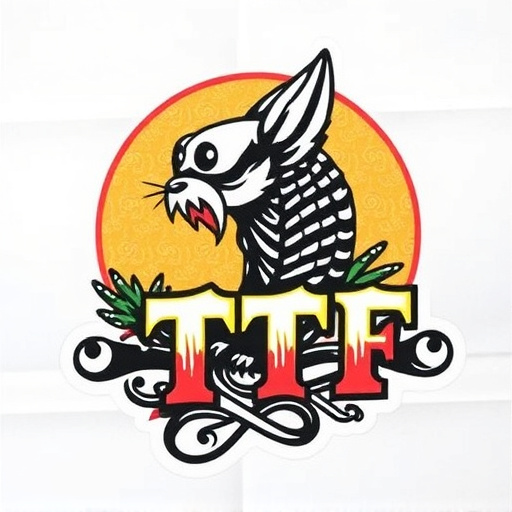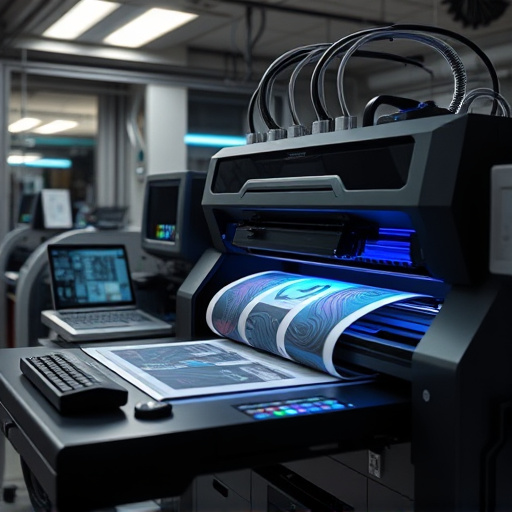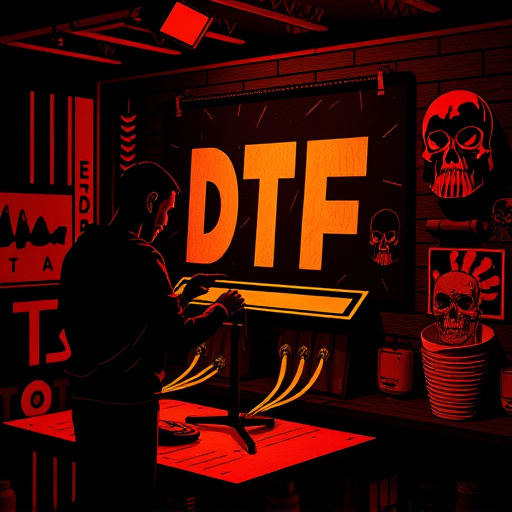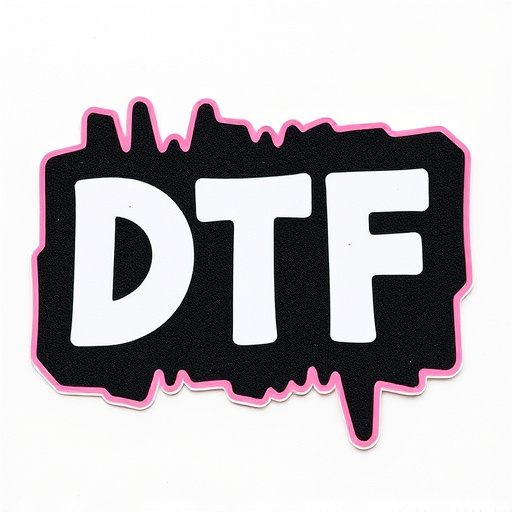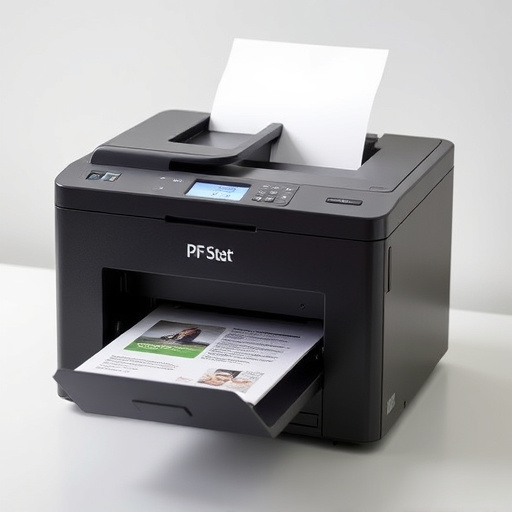Direct to Film (DTF) printing is a cutting-edge technology that allows designers to create high-quality, full-color prints directly on various materials, particularly fabrics, using specialized heat transfer paper. Known for its precision, speed, and versatility across light and dark fabrics, DTF printing is ideal for custom apparel and promotional products. This eco-friendly method combines artistic expression with advanced tech, resulting in vibrant, indelible designs while promoting sustainability in the industry. With growing environmental awareness, DTF printing reduces waste and minimizes impact compared to traditional screen printing, making it a preferred choice for businesses seeking greener alternatives that meet modern consumer demands.
Direct to film (DTF) printing has revolutionized signage and graphics, offering precise, vibrant results. However, the traditional methods used raise environmental concerns. This article explores the growing trend of eco-friendly options within the DTF printing industry today. We delve into the shift towards sustainability, examining innovative alternatives that minimize environmental impact without compromising quality. From sustainable inks to recyclable materials, discover how these advancements are shaping a greener future for direct to film printing.
- Understanding Direct to Film Printing: An Overview
- The Rise of Eco-Friendly Practices in Printing Industry
- Exploring Sustainable Alternatives for DTF Printing Today
Understanding Direct to Film Printing: An Overview
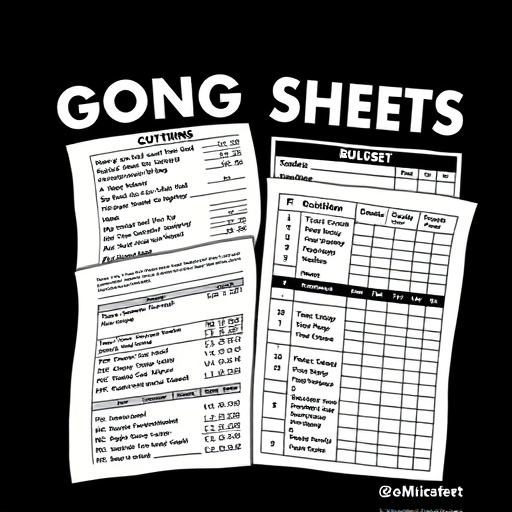
Direct to Film Printing (DTF) is a cutting-edge technology that allows designers and printers to create high-quality, full-color prints directly on various materials, including fabrics. This process involves using specialized equipment, like DTF heat transfer paper, to apply designs onto surfaces without the need for intermediate rollers or plates. The best DTF printers are designed to handle a range of media, from light to dark fabrics, ensuring versatile and eco-friendly printing options.
DTF printing stands out due to its precision, speed, and direct application method. It’s particularly advantageous for custom apparel and promotional products. For darker fabrics, which can be challenging for traditional printing methods, DTF offers a unique solution by using heat transfer paper tailored for these surfaces. This technology revolutionizes the way we create printed goods, combining art and technology to produce indelible, vibrant designs that enhance sustainability in the printing industry.
The Rise of Eco-Friendly Practices in Printing Industry
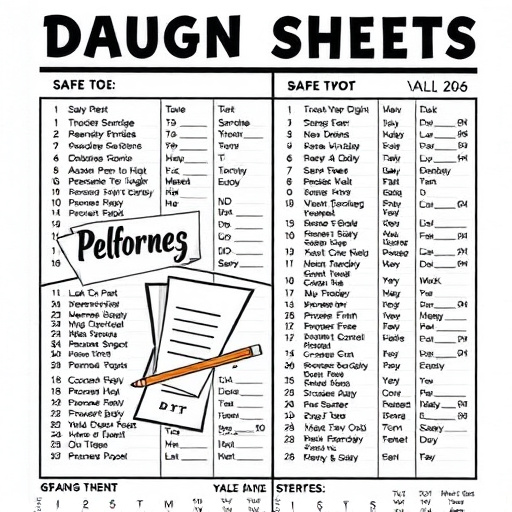
The printing industry has been undergoing a significant transformation as environmental consciousness grows among businesses and consumers alike. Eco-friendly practices are no longer a niche concern but a fundamental aspect of modern manufacturing, and direct to film printing (DTF) is at the forefront of this revolution. DTF printing for both t-shirts and hoodies, for instance, offers an innovative solution that reduces waste and minimizes the environmental impact traditionally associated with screen printing methods.
This shift towards sustainability in the industry isn’t just a trend but a necessary evolution. With a focus on reducing, reusing, and recycling, eco-friendly printing techniques are becoming increasingly sophisticated. DTF technology, for example, allows for precise application of designs onto various materials without the need for separate screens, thereby cutting down on raw material consumption and simplifying the production process. This advancement not only benefits the environment but also ensures higher quality prints while reducing lead times in manufacturing, catering to modern consumer demands efficiently.
Exploring Sustainable Alternatives for DTF Printing Today
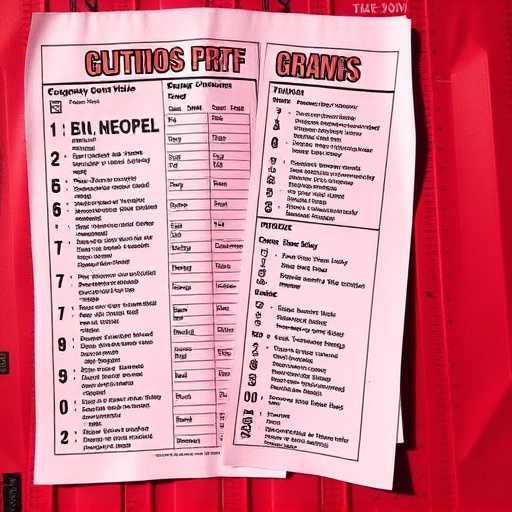
In today’s eco-conscious world, the demand for sustainable alternatives in various industries is on the rise, and direct to film printing (DTF) is no exception. Traditional printing methods often leave a significant environmental footprint, but exploring greener options for DTF printing offers a promising future for both businesses and consumers. By embracing innovative technologies, manufacturers are now developing environmentally friendly materials and processes that reduce waste and minimize the carbon footprint associated with custom DTf transfers.
One of the key focuses in this shift is using biodegradable or recycled content in print media, ensuring that even the physical components of DTF printing contribute to a greener planet. Additionally, water-based inks are gaining popularity due to their low toxicity and ability to produce high-quality dtf prints without harmful chemical emissions. These advancements not only benefit the environment but also offer long-term cost savings for businesses while providing customers with the opportunity to make more sustainable choices in their daily lives.
Direct to film (DTF) printing has evolved significantly, with a growing emphasis on eco-friendly practices. As the demand for sustainable alternatives continues to rise, exploring green options in the DTF printing industry is more crucial than ever. By adopting innovative technologies and materials, today’s printers can offer environmentally conscious solutions without compromising quality, ensuring a vibrant future for this printing method while preserving our planet.



